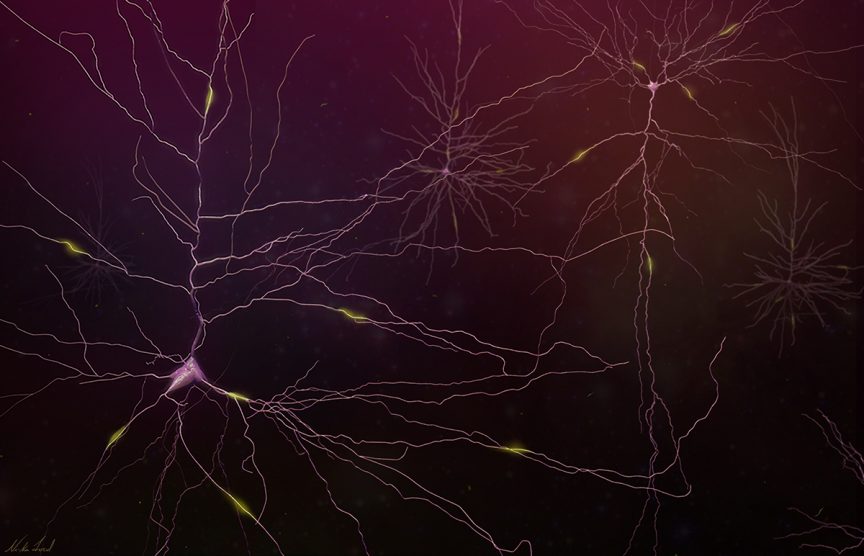Name: Ni-ka Ford
Which came first in your life, the science or the art?
The art came first. Ever since I was young, I loved to create with my hands. If I wasn’t painting or drawing, I was making hand-made clothes for my dolls from random scraps of fabric I found in my mom’s sewing box. I had my first solo art show at the age of ten in my home, and we invited family and friends and hung my watercolor, chalk pastel, and pencil drawings up on all the walls.
Throughout high school, I participated in numerous art exhibitions and art competitions. I went to Georgia Southern University for fine art and knew that I would be a professional artist, but I was unsure of what I wanted my focus to be. During that time, I had a budding interest in human anatomy and life science and researched these topics in my spare time. I even created an entire body of work centered around the connection between nature and anatomy using mixed media.
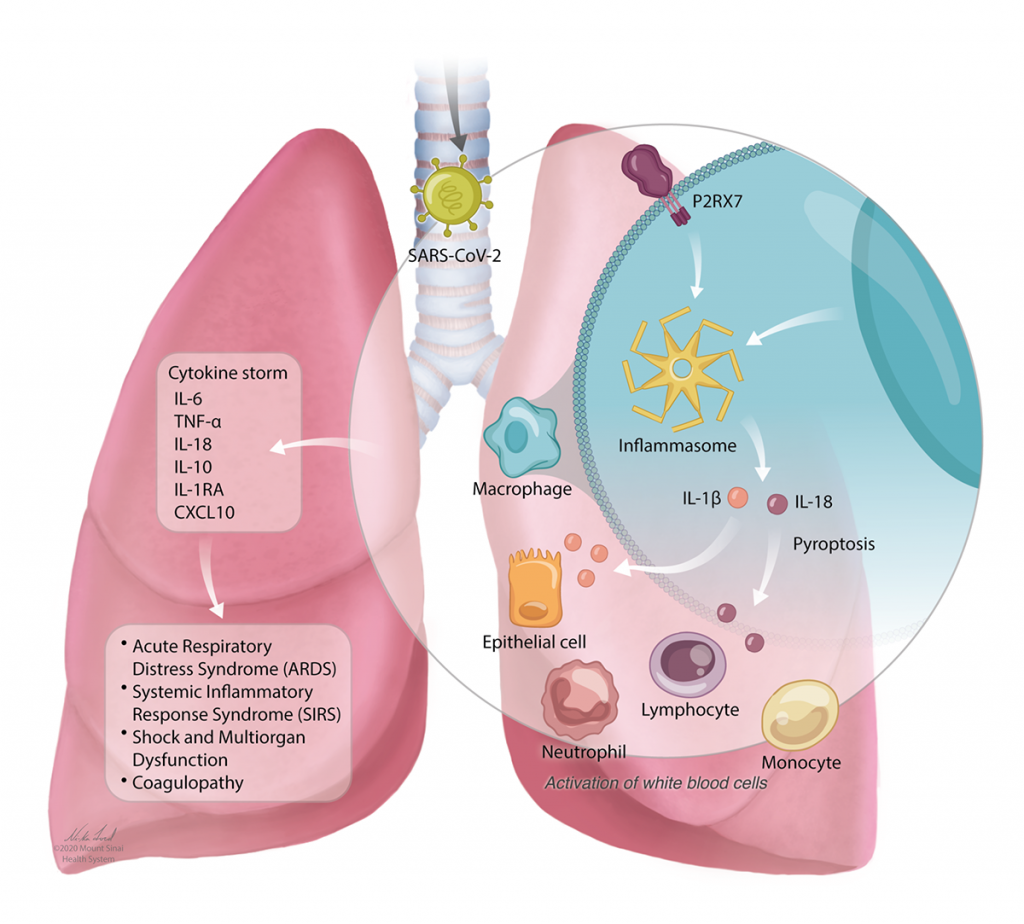
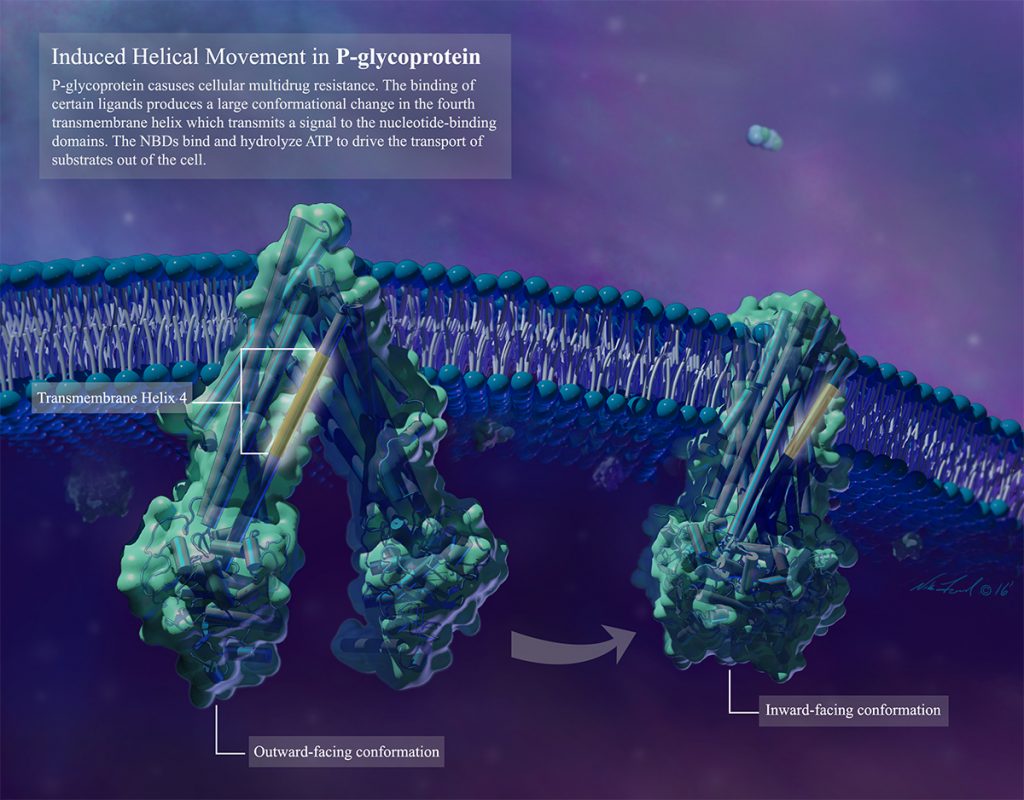
When I discovered the field of medical illustration, I knew instantly that it would be the perfect fit for me and a way to marry both of my interests. I went to graduate school at the University of Illinois at Chicago for Biomedical Visualization, where I was able to get formal training in the sciences, along with various visualization techniques.
Which sciences relate to your art practice?
I create work for a wide range of science and medical topics, anything from virology or oncology on a cellular level to surgical illustration and gross anatomy. Since I am a medical artist, most of my work is related to medicine and human anatomy. I have personally taken a strong liking towards creating work centered in neuroscience and neurology, as I find the human brain to be the most fascinating and incredible organ in the body.
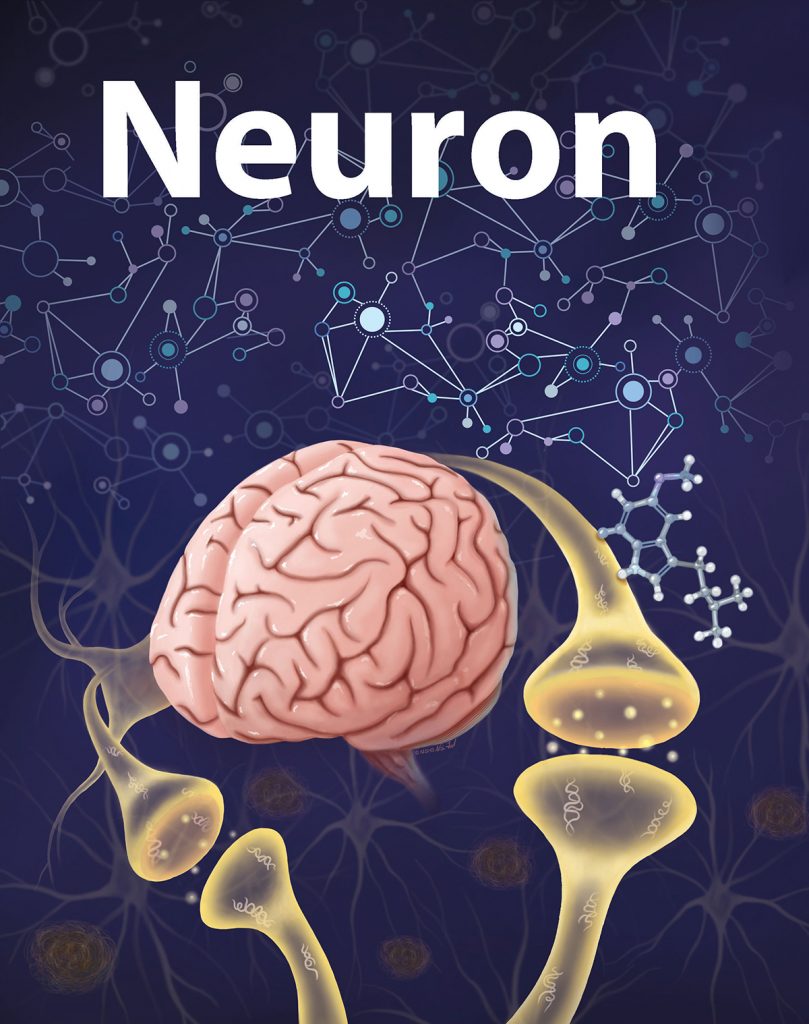

What materials do you use to create your artworks?
I mainly use Photoshop for all of my digital illustrations. I occasionally will start my works on paper as a sketch and scan them into the computer to finish digitally. I use a Wacom tablet or a Cintiq (which feels closer to drawing traditionally). For 2D animations, I use Photoshop’s animation tools or After Effects. For schematic illustrations, logos, layouts, and graphic design, I use Illustrator. I love working in 3D as well, so for 3D models, I use ZBrush, and, depending on the kind of project, I will bring the models into Unity to add interactivity and/or virtual reality capabilities. As of recently, I’ve started exploring Blender for 3D modeling and animation. It’s a program that I’ve always wanted to learn.
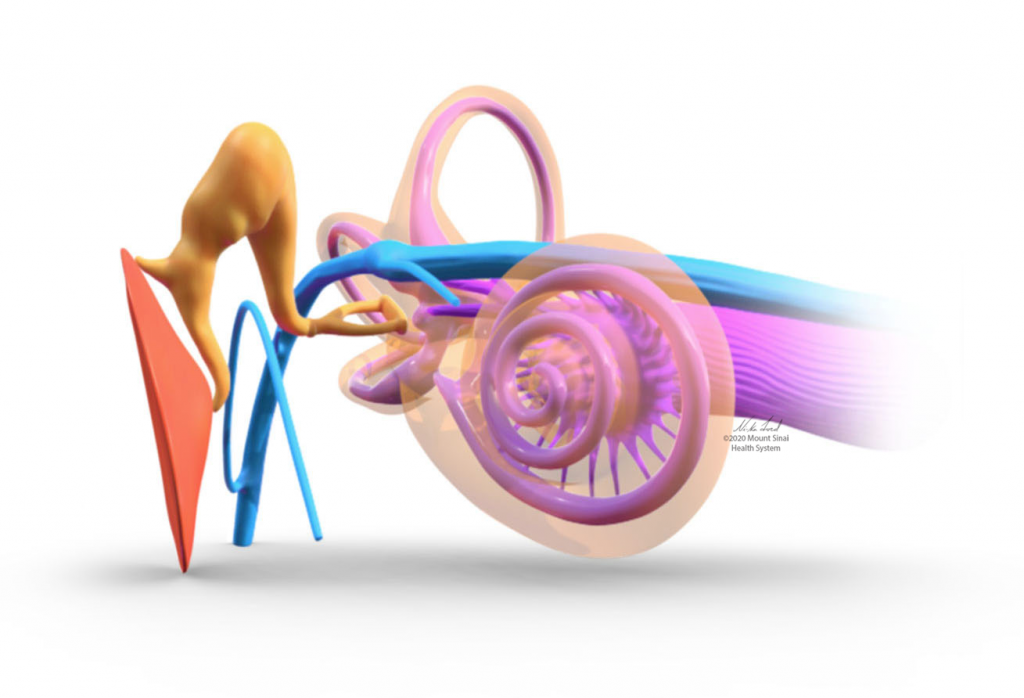
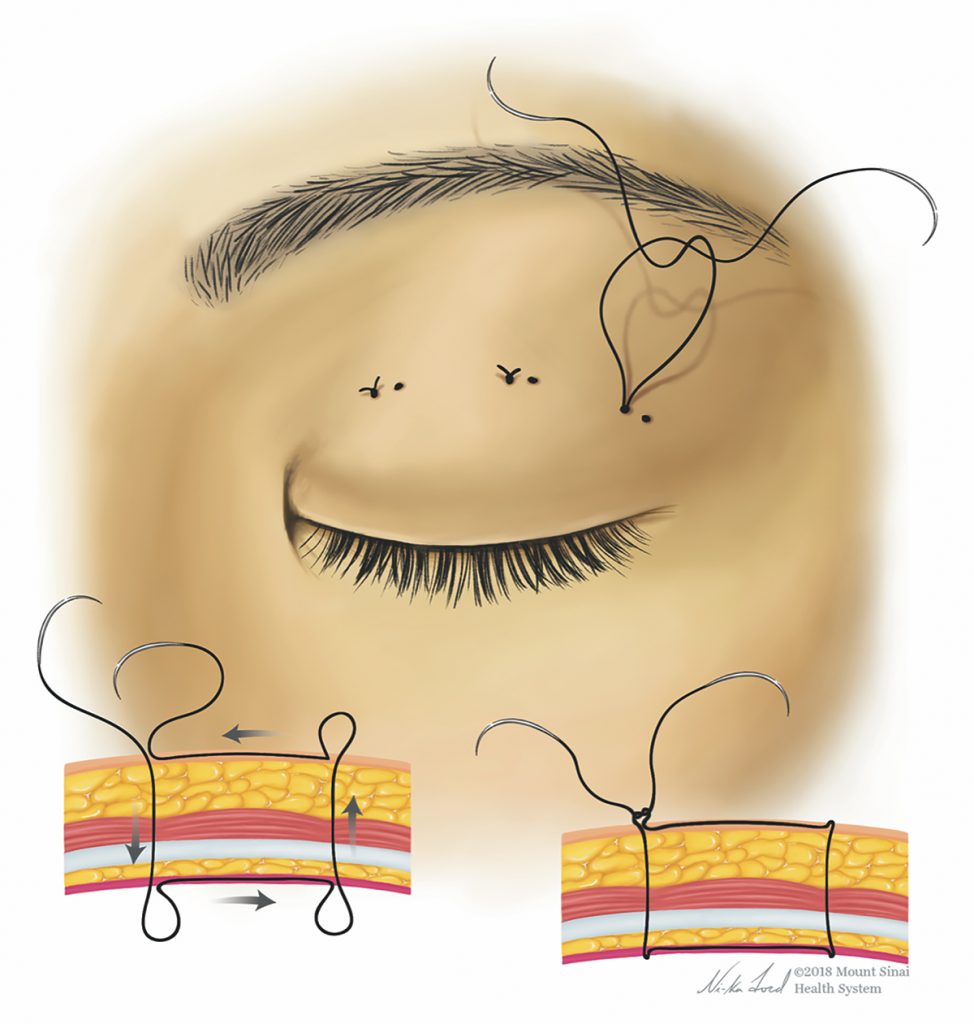
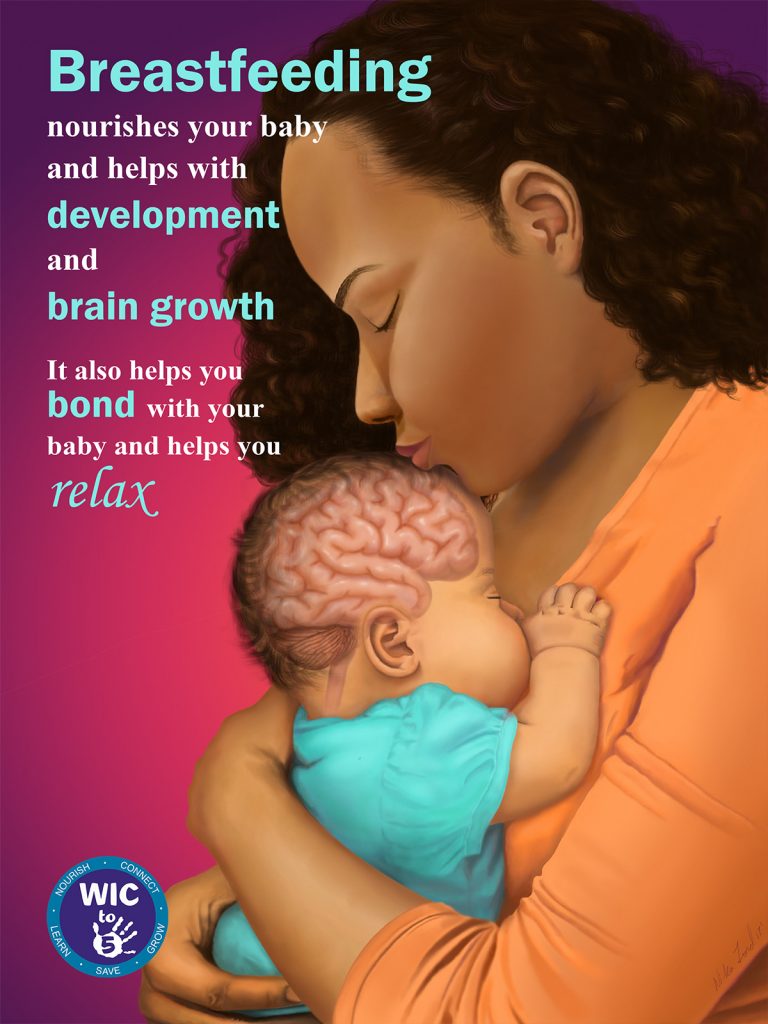
Artwork/Exhibition you are most proud of:
Recently, I used a combination of programs to create a piece on pyramidal neurons in the brain. I am proud of stepping outside of my comfort zone and trying something new in the process of creating it. I used NeuroMorpho.org, which is a centrally curated inventory of digitally anonymized re-constructed neurons, to find a pyramidal neuron with a unique structure. I imported the data into Cinema4D, which is a 3D modeling and animation software. From there, I added lighting, constructed the background, and arranged the neurons in a scene. The final step was compositing the scene in Photoshop and adding finishing touches. I submitted the piece to the Friedman Brain Institute’s Art of the Brain show and won third place. I wanted to capture the elegant and intricate beauty of the pyramidal neurons, which are one of the most common neurons found in the human brain.

Which scientists and/or artists inspire and/or have influenced you?
Since art has been such a major part of my life since I was practically three years old, I’ve had a great deal of artists who have inspired and influenced me throughout my life. Starting with my earlier years, I was largely influenced by the work of Salvador Dali, M.C. Escher, Georgia O’ Keefe, and René Magritte. I was in love with the surrealism movement and its thought-provoking aspects.
As my career transitioned into the field of medical illustration, my influences shifted to artists who had more of a science focus, such as Alex Grey, Ramón y Cajal (whose delicate illustrations of neurons never cease to amaze me), and Max Brodel (who is considered to be the “father of medical illustration”). Scientific visualization is a constantly evolving field, and there are some contemporary artists who inspire me as well with their novel ways of visualizing science. Those include David Goodsell, Peter Lawrence, and Sarai Llamas.
SciArt is an emerging term related to combining art and science. How would you define it?
SciArt is artistic techniques or methods applied to science. Art is an incredible tool for explaining the science of the world in which we live through various interpretations. With complicated science topics, art serves as a window to understanding, particularly because visuals are a universal language. Conversely, the knowledge or structured systematic approach of science can be applied to art. Art can be created through scientific activity and methods instead of conventional art mediums. Both of these constitute SciArt, and they can be done for the purpose of education, appreciation, or inspiration.

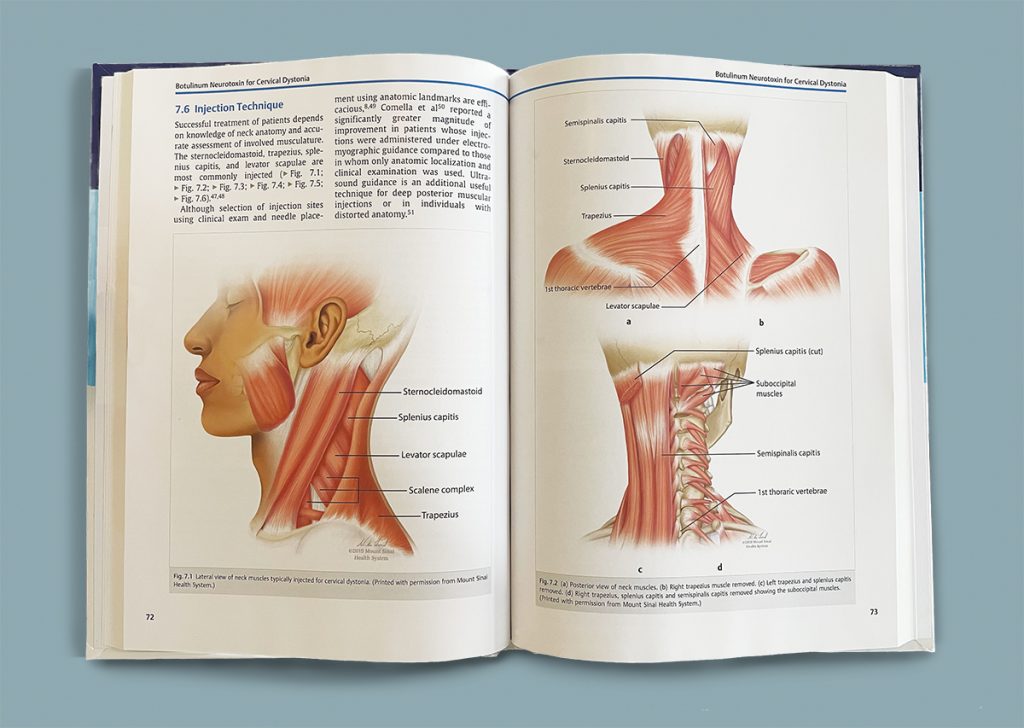
For more by Ni-ka Ford, visit her website, Instagram, or Twitter.
Share this Post

